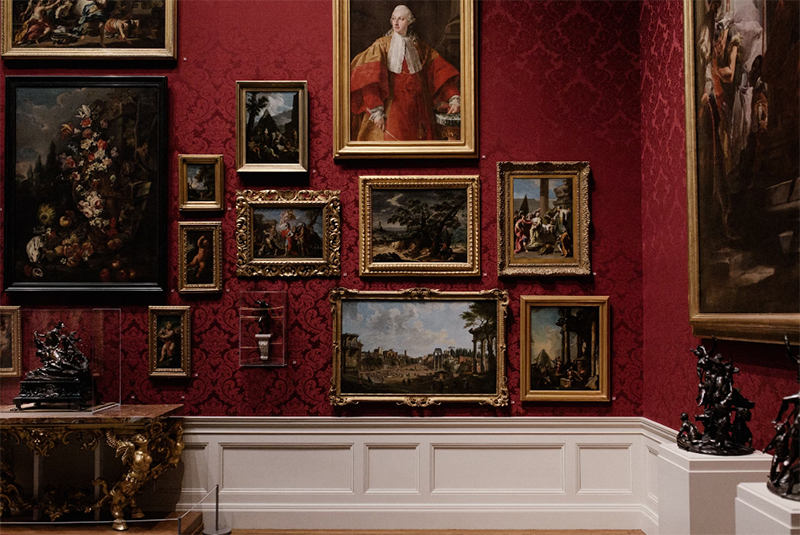Assessing the Pros and Cons of Investing in Fine Art
Art has historically been a favored investment avenue for those seeking to expand their investment horizons. Yet, like all investments, it’s crucial to weigh the benefits and challenges before venturing into art investment. This piece will delve into the merits and potential pitfalls of pouring funds into fine art, offering an in-depth guide for aspiring investors.
Appreciation potential
One of the main advantages of investing in fine art is the potential for appreciation. Over time, some artworks can significantly increase in value, offering handsome returns. High-profile art auctions and a thriving art market demonstrate the demand for unique and desirable pieces. Blue-chip artists like Picasso, Warhol, and Monet have consistently yielded impressive returns for investors. This aspect of art investing can be especially attractive to those seeking long-term gains.
Tangibility and aesthetic value
Unlike many other investment assets, such as stocks or bonds, fine art provides a tangible and aesthetically pleasing asset. Owning a valuable piece of artwork offers a unique sense of pride and enjoyment to investors. Additionally, art collections can be showcased and admired, enhancing one’s living or working space. The inherent value and beauty of fine art can make it a desirable investment for those seeking to incorporate visually engaging assets into their portfolios.
Diversifying through art
A notable benefit of venturing into fine art investment is the chance for portfolio diversification. Art often behaves differently from traditional financial assets like stocks or bonds. Its value doesn’t typically sway with the ebb and flow of mainstream financial markets. Thus, dedicating a part of one’s investment to art can be a strategy to lower the overall risk, offering a safety net during financial uncertainties or economic downturns.
Challenges in liquidity and expenses
However, a downside to consider is the illiquid aspect of fine art. Unlike shares, which can be swiftly traded, transacting in art can be lengthy and comes with significant costs. Selling a particular artwork might be a drawn-out process, especially if it isn’t in vogue. Plus, there are added expenses tied to these transactions, from auctioneer fees to insurances, which can diminish the final profit margins.
Market volatility and uncertainty
While certain artworks have shown impressive appreciation, it is important to acknowledge the inherent volatility and uncertainty within the art market. The value of art is largely subjective and can be influenced by various factors, including shifts in taste and changes within the art world. Furthermore, art markets can be prone to speculation, where investors artificially inflate prices before subsequently deflating them. These unpredictable dynamics may make art investing inherently riskier than traditional investments.
Conclusion
Investing in fine art can offer unique advantages such as appreciation potential, tangibility, and portfolio diversification. The aesthetic pleasure and pride derived from owning valuable artwork are undeniable. However, one should be aware of the potential downsides, including illiquidity, costly transactions, and volatility within the art market. Before deciding to invest in fine art, individuals should carefully consider their financial goals, risk tolerance, and available resources. Seeking advice from art market professionals and conducting thorough research can help potential investors navigate the intricacies of this alternative investment.
1st and featured image by https://unsplash.com/photos/acowe0pCVBg




